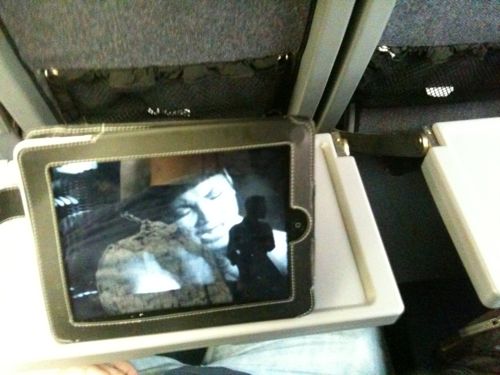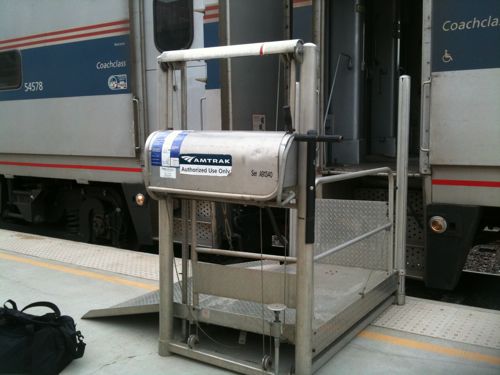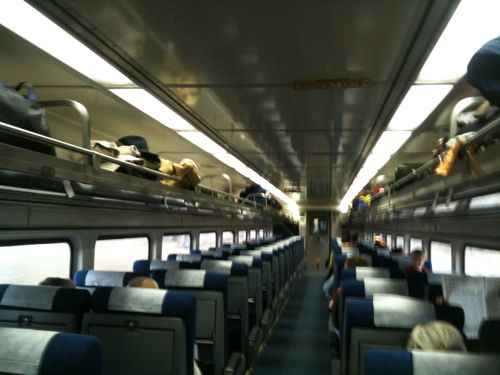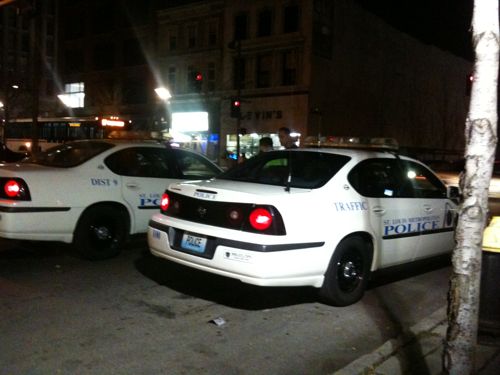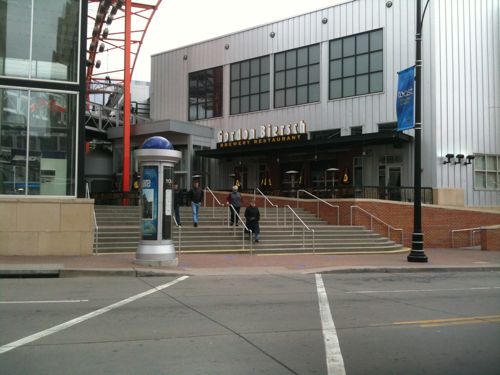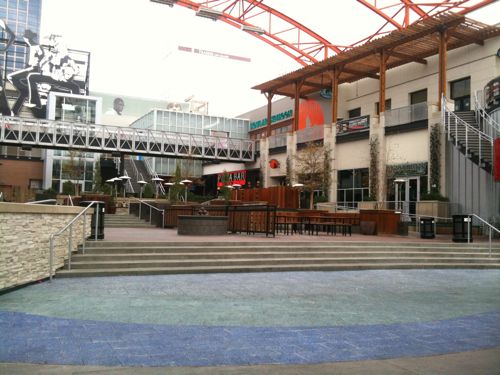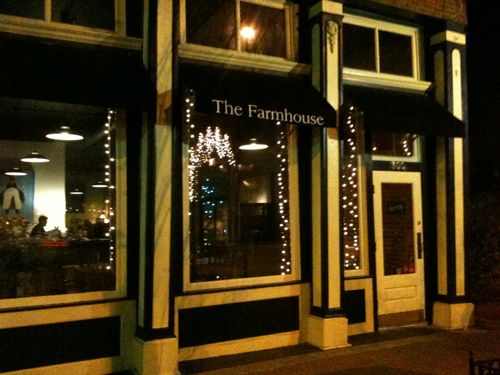The following press release just in from the mayor’s office:
ST. LOUIS-The City of St. Louis today put forward a proposal to avert deep cuts in the St. Louis Fire Department by stopping the spiraling cost increases of the Firemen’s Retirement System (FRS).
“These common sense changes are fair to both firefighters and taxpayers. They will ensure that firefighters get the pension they deserve when they need it,” said Jeff Rainford, Chief of Staff to Mayor Francis Slay. “But the changes will also ease the cost increases that threaten public safety.”
In 2001 and 2002, the state-created Fireman’s Retirement System lost $147 million on its investments. In 2008 and 2009, it lost $170 million. Under state law, the taxpayers of St. Louis must pay for those pension losses even though they did not control them. As a result, between 2001 and 2009 the cost to the taxpayer doubled. Between 2009 and 2011, it will double again. If FRS continues to miss its assumed investment gains, the costs will keep going up.
The City has already made cuts – millions of dollars of them – and the taxpayers have made sacrifices because of employee pension fund losses. The City has eliminated 600 civilian jobs. It has put off fixing broken infrastructure. It is not adequately maintaining parks. It has been forced to charge a fee for trash pickup. It raised the sales tax. It has dropped or cut back on some services. The mayor cut his own office budget by 7%; other offices have cut more or less.
By comparison, the fire department has been largely untouched.
The fire department budget has gone up by more than 40% in the last decade. Firefighter pay, health care, and pension costs have gone up by 73%. For every dollar taxpayers spend for a firefighter’s salary, taxpayers pay another 82 cents for firefighter fringe benefits, far more than private sector benefits.
These benefits costs fund one of the best public safety pensions in the country. St. Louis firefighters can retire with partial pensions as young as 38 years old. They can retire with full pensions as young as 48 years old. Injured firefighters get full disability pensions even if they are capable of doing other work. Firefighters get two weeks of sick pay each per year. When they don’t use it, they can save it up and get big checks and bigger pensions when they retire. (The City is trying to end sick leave buy-back, which is the subject of a lawsuit filed by FRS.)
“We want firefighters to be paid well and treated fairly because they do a dangerous job,” Rainford said. “But, taxpayers should not be treated like ATMs.”
The proposal, in essence, would result in some firefighters working a few additional years to get the same pension. It includes:
Increasing the minimum number of years before a firefighter can retire from 20 to 25.
For each year a firefighter works after 25 years, the value of their pension goes up. The City is proposing to reduce the annual increase slightly. It would have the effect of requiring firefighters to work a few years more to get the same pension.
Set the minimum age at which a retired firefighter can begin to collect a pension at 55 years old.
· Accepting a proposal from the International Association of Fire Fighters Local #73 that would require firefighters who are no longer able to physically do the job as a firefighter to do other work if they are able, rather than collect disability pensions.
· Requiring firefighter pension contributions to remain in the system when firefighters retire. Like many Americans who have pensions, the firefighters pay into their system. But, unlike most pensioners, they get the full contributions back when they leave the department.
· Changing the basis of pension calculations from the last two years of salary to the last three years of salary. That would put firefighter pensions more in line with public pensions across the country.
These proposed changes would be from now on only. No accumulated benefits would be cut.
Because FRS is created by state law, it will take action by the Missouri General Assembly to make all of the needed changes. Legislators have indicated they will not even consider the changes if firefighters oppose them.
“If we fail to agree and don’t change FRS, we will go down one path,” Rainford said. “There will be fewer working firefighters. There will be far less money for pay and health care for the firefighters who remain. Residents and businesses will be served by a diminished department. On the other hand, if we agree and successfully change FRS, the crisis is averted.”
####

